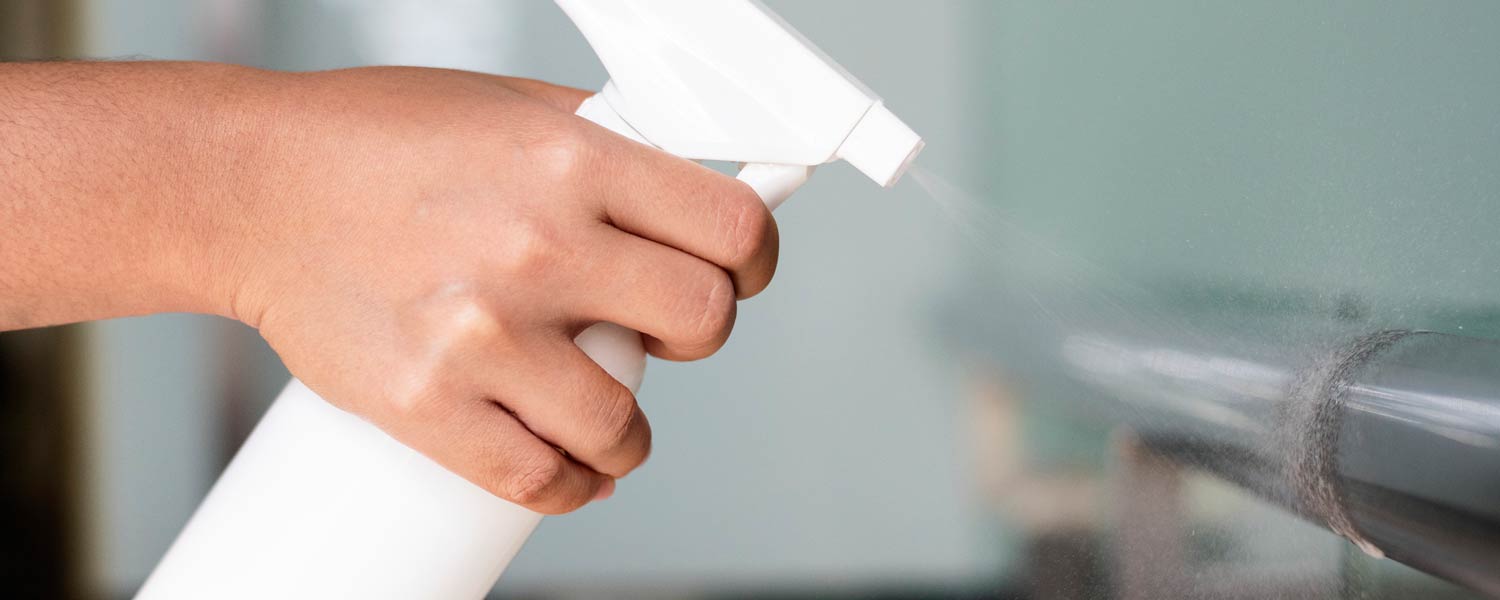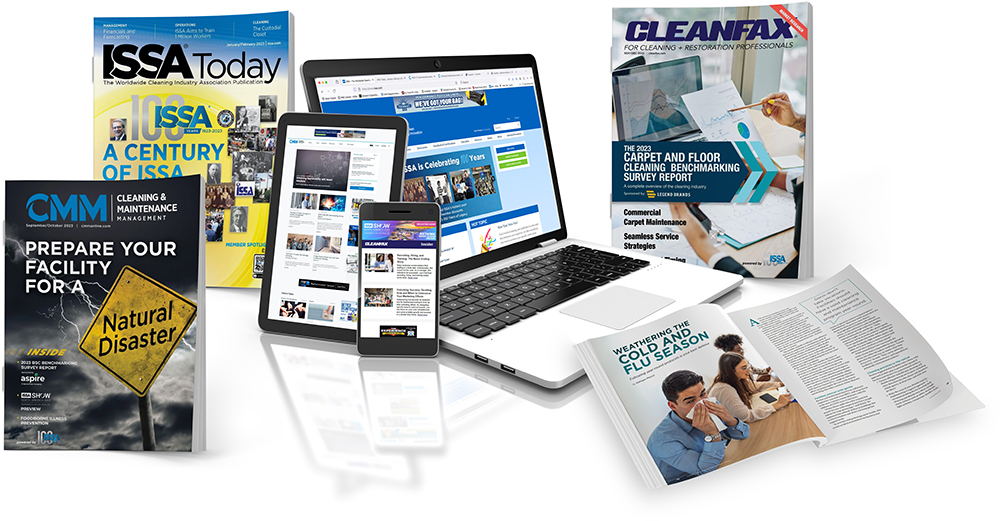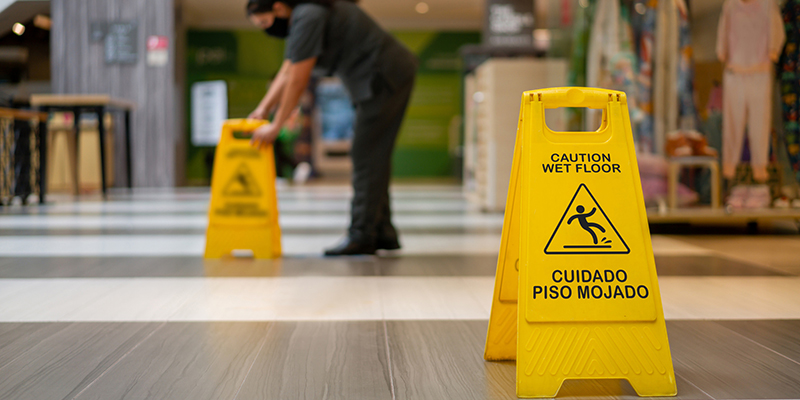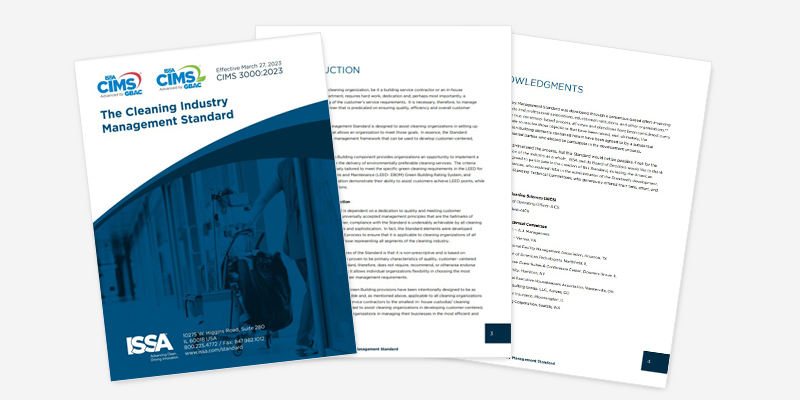What is Sanitizer Spray? Learn Its Uses and Benefits

What is Sanitizer Spray? A Comprehensive Guide
Maintaining clean and germ-free spaces is crucial in today’s world, and one essential tool in this fight is sanitizer spray. But what exactly is it, and how can it help protect your health and surroundings? Whether you’re new to sanitizing products or looking for advanced solutions, this guide breaks down everything you need to know about sanitizer sprays.
For detailed guidance on cleaning and disinfecting protocols, visit GBAC’s website.
What is Sanitizer Spray?
Sanitizer spray is a liquid cleaning solution designed to reduce bacteria and germs on surfaces. These sprays often contain active ingredients such as alcohol, quaternary ammonium compounds, or other disinfecting agents. Available in aerosol cans, pump bottles, or refillable sprayers, sanitizer sprays are a convenient and effective way to promote hygiene in various environments.
Key Characteristics of Sanitizer Spray:
- Antibacterial Properties: Targets and reduces harmful bacteria.
- Ease of Use: Quick application for both small and large areas.
- Multi-Purpose: Suitable for homes, offices, healthcare facilities, and public spaces.
How Does Sanitizer Spray Work?
Sanitizer sprays work by killing or inactivating microorganisms on surfaces. When applied, the active ingredients break down the protective barriers of bacteria and viruses, rendering them harmless. Some sprays require a short dwell time to ensure maximum effectiveness, while others are designed for rapid drying.

Why Use Sanitizer Spray?
The benefits of sanitizer spray extend beyond convenience. Here are some reasons why these products are indispensable:
- Quick Germ Reduction
Sanitizer sprays provide an immediate solution for reducing bacteria and germs, helping to maintain a safer environment in high-touch areas.
- Versatility
From cleaning countertops to sanitizing door handles, these sprays are adaptable to a variety of surfaces and scenarios.
- Cost-Effective Hygiene
With proper use, a single bottle of sanitizer spray can last for weeks, making it an affordable option for maintaining cleanliness.
For more insights on effective cleaning strategies, check out GBAC’s resources.
Types of Sanitizer Sprays
There are several types of sanitizer sprays, each designed for specific needs:
Alcohol-Based Sprays
- Key Ingredient: Typically contains 60%-90% alcohol.
- Uses: Effective against a broad spectrum of bacteria and viruses.
- Best For: Healthcare settings and high-touch areas.
Non-Alcohol-Based Sprays
- Key Ingredient: Often uses quaternary ammonium compounds.
- Uses: Ideal for sensitive surfaces or areas where alcohol is not suitable.
- Best For: Schools, offices, and electronics.
All-Natural Sanitizer Sprays
- Key Ingredient: Plant-based solutions like tea tree oil or thymol.
- Uses: Eco-friendly option for general cleaning.
- Best For: Homes with children or pets.
Where to Use Sanitizer Spray
Sanitizer sprays can be applied to a wide range of surfaces, including:
- High-Touch Areas: Light switches, door handles, and remote controls.
- Workspaces: Desks, keyboards, and office equipment.
- Public Spaces: Gym equipment, shopping carts, and handrails.
- Food Preparation Areas: Countertops, cutting boards, and sinks.
Ensure that the spray you choose is safe for the specific surface you intend to sanitize.
How to Use Sanitizer Spray Effectively
Follow these steps to maximize the effectiveness of your sanitizer spray:
- Read the Label: Check for instructions, active ingredients, and recommended surfaces.
- Clean Before Sanitizing: Remove visible dirt or debris to allow the sanitizer to work effectively.
- Apply Evenly: Spray the surface until it is fully covered.
- Observe Dwell Time: Allow the product to sit for the recommended duration before wiping or air drying.
- Avoid Overuse: Use only as needed to prevent residue buildup.
The Role of Sanitizer Spray in Public Health
Sanitizer sprays have played a pivotal role in reducing the spread of infections, especially in high-traffic areas. During outbreaks or flu seasons, they act as a first line of defense against harmful pathogens. Governments and organizations often recommend sanitizer sprays as part of broader cleaning and disinfection protocols.
For authoritative cleaning guidelines, explore resources like the CDC’s Environmental Cleaning Guide.
Choosing the Right Sanitizer Spray
When selecting a sanitizer spray, consider the following factors:
- Effectiveness: Look for EPA-approved products with proven antibacterial properties.
- Surface Compatibility: Ensure the spray won’t damage or discolor the surface.
- Ease of Use: Opt for convenient packaging that suits your application needs.
- Safety: Check for non-toxic options if you’re using it around children or pets.
Conclusion
Sanitizer spray is an indispensable tool for maintaining cleanliness and promoting health. Whether at home, in the workplace, or in public spaces, understanding its uses and benefits ensures you’re making the most of this essential product.
Ready to elevate your cleaning practices? Learn more about effective cleaning solutions at GBAC’s website.


















